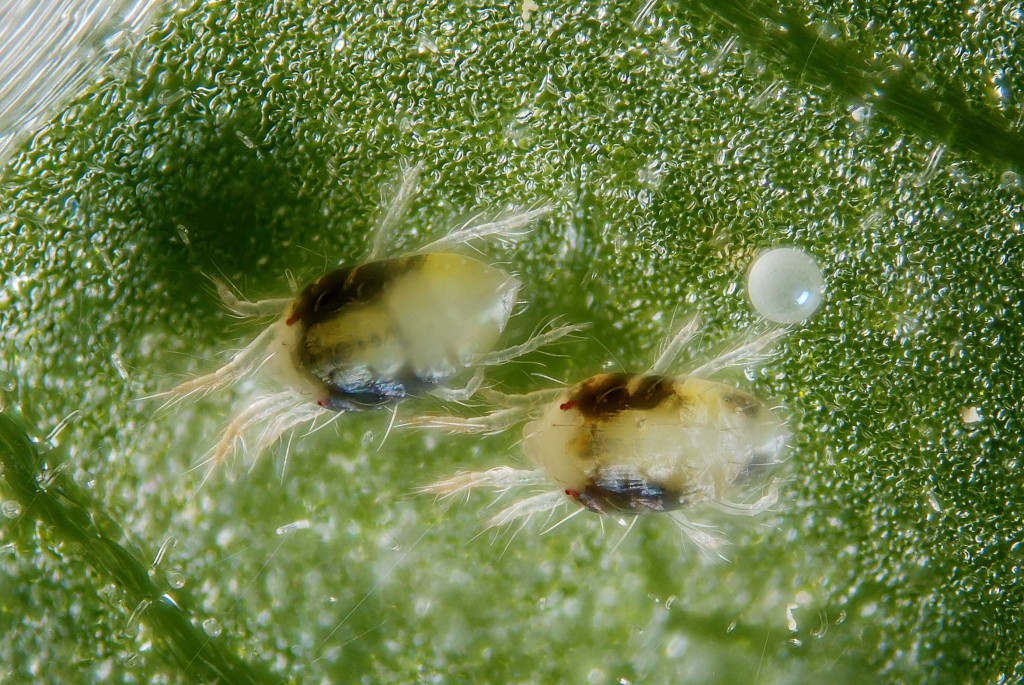
By Clint Thompson
Hot and dry weather across the Southeast make for ideal conditions for spider mites in peach orchards. Brett Blaauw, University of Georgia assistant professor in the Department of Entomology, discusses in the UGA Peach Blog what symptoms producers need to watch out for.
“At least in peaches, keeping an eye out for bronzing of the leaves. That’s the easiest sign. You can usually see that from a pretty good distance, if the leaves don’t look nice and green and starting to have a bronze-tannish look in the center, basically where the mites have been feeding on the leaves,” Blaauw said. “They’re pulling away that chlorophyll. The leaves get real speckled. If you see any type of bronzing, look a little bit closer to see if you can see any active mites.”
Webbing is also a good sign producers have a problem.
Rainfall can help knock back populations. However, rain has been spotty across the Southeast region since the beginning of May.
Peaches can withstand mild to high mite infestations. But if there is enough bronzing and webbing, it can lead to defoliation of the trees. If mite pressure continues without adequate control, defoliation occurs, and trees can experience reduced vigor and fruit yield.
There are a number of miticides at producers’ disposal. Curative miticides like Acramite, Nexter or Envidor can be used in rotation. A preventative miticide (e.g. Zeal) may be used to control the eggs. Be sure to alternate and rotate active ingredients, as mites readily develop resistance to miticides.
For more information about mite management, please check out the peach management guide.









